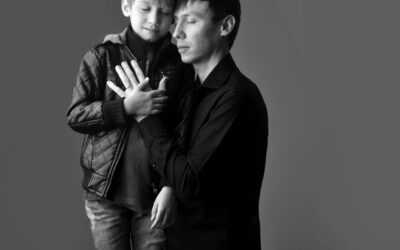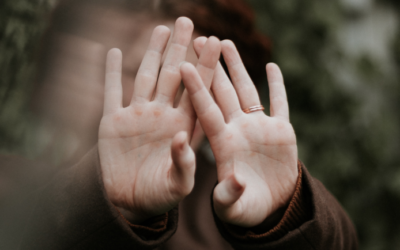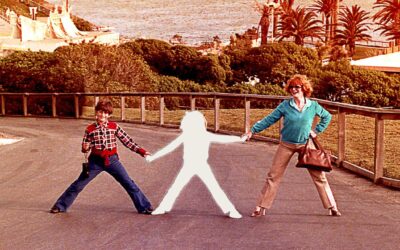Podcast: Play in new window | Download (Duration: 34:45 — 27.9MB)
Subscribe: Apple Podcasts | Spotify | Amazon Music
Learn how to use music to improve brain health, manage mood, increase relational happiness and get tips on how to build neural plasticity through this art. Remember, it’s not just cotton candy for the ears!
Dr. Ann Kelley and Sue Marriott discuss the deeper meaning behind people’s responses to music on the brain, and how music affects happiness and mood. How can we purposely manipulate our mood with tunes and lyrics in terms of motivation, distraction, synchronicity and stimulation? How is music a form of social architecture and how do we interact with it individually and as a whole? You’ll learn how specific music choices can directly impact relationships, emotional state and overall mental health.
This is a soft part 1 to Episode 45, so you will likely want to check out our interview with Austin Music Legend Bob Schneider as he talks about the creative process music and emotion here!
0:23 – Bodily reaction to “Bohemian Rhapsody” by Queen. Thinking of music as social architecture for the brain rather than “cotton candy for the ears” or just entertainment.
1:26 – Response to music on the brain can be considered an extreme version of “neural wi-fi”. How do we use music to get what we want?
1:54 – How music affects the brain. Auditory cortex, motor cortex, memory, right brain experience are all activated by music. Different responses from music we like vs. music we don’t like.
3:08 – Lou Cozolino: When default mode network is activated, that is deeply reflective mental state (meditation, etc.), which in turn is good for mental health. Music that we like/dislike activates/deactivates the default mode network.
4:24 – Human and songbird study: Music creating limericks of love for human stimulates similar response for mating calls in songbirds.
5:23 – Workout music as basis/distraction for motor movement
5:38 –David Levinson (Your Brain on Music) and his study on how we use music. Compared families who played music together versus those who didn’t. When you play music out loud in the same room, your relationship becomes stronger. You sit closer, you spend more time together, and 2/3 more sex.
6:55 – Recommendation about music as social architecture: Get a cheap Bluetooth speaker for your home!
7:53 – Psychology of listening to music in humans. Primal gathering, problem resolving, protest music, cultural change and lullaby. Psychology of lullaby as regulating both mother and child’s mental state through right brain activation.
10:52 – Bodily response to “Amazing Grace” by Straight No Chaser. Sense of awe can be extrapolated from prolactin processing sorrow.
12:56 – Bodily response to “Long Ride Home “ by Patty Griffin. Simultaneous processing of music and lyrics. Humans are wired to hear stories.
13:58 – Synching up with the rhythm of the music in our minds just like synching up moods. Idea of synching up when losing a musical artist, e.g. Prince. Narrative songwriting synchs up with our emotional and analytical parts of brain.
15:50 – Part of what makes a hit song is the unexpected element since brains are anticipation machines.
17:00 – USC research on “chills” to music finds that in terms of responses to music, there are more dense fibers from the auditory system to the emotional processing system in people who get chills from music.
17:57 – How music affects motivation and Ann’s emotional response to “Gonna Fly Now” by Bill Conti. Auditory stimulation and subsequent memory of visual response to Rocky as example of social architecture. You can manipulate your mood intentionally through music
22:16 – Anticipation and dopamine of unpredictable music selections. Random music of your favorites affects your mood state the whole time.
23:40 – You can link a favorite song to a memory, but if you listen to the song again and again, you’ll link it to new memories. If you keep that song in a private space and preserve it, you’ll preserve the memory.
24:37 – Cultural effects of music. NFL controversy kneeling during the Star Spangled Banner
26:00 – Adele on SNL.
26:40 – Wrap Up: How music can create moods, make you motivated, create a sense of unity and more.
27:03 – Research says that the presence of sexy music can lead to sexual stimulation through stroking physical contact, even if it’s by a robot
27:36 – Quick tip: Throw on some of your favorite songs right now so you can reconnect! Tip 2: One of the best things for neurogenesis and neuroplasticity is learning to play an instrument because it touches every part of the brain system; you’re ostensibly giving yourself a full brain workout.
28:52 – Introducing the next episode with Bob Schneider. “Getting Better”
Like this and want to hear more? Join our email list, subscribe to Tunes here and if you are really into it, sign up for our free online course on Modern Adult Attachment here!
We may read your review on air, please rate and review us on your favorite podcast player, it helps so much!!
Finally join our Facebook page here to get updated popular articles on these subjects of interest.
Resources:
Use of music to manage high-conflict situations (Adele spoof on Saturday Night Live)
This is Your Brain on Music, the Science of Human Obsession (2007)
by Daniel J. Leviton
Thinking with the Dancing Brain, Embodying Neuroscience
By Minton and Faber
When music gives you chills-learn more – From Neuroscience News
Daniel Levitson research on music in the home
Bob Schneider’s Getting Better from I’m Good Now













